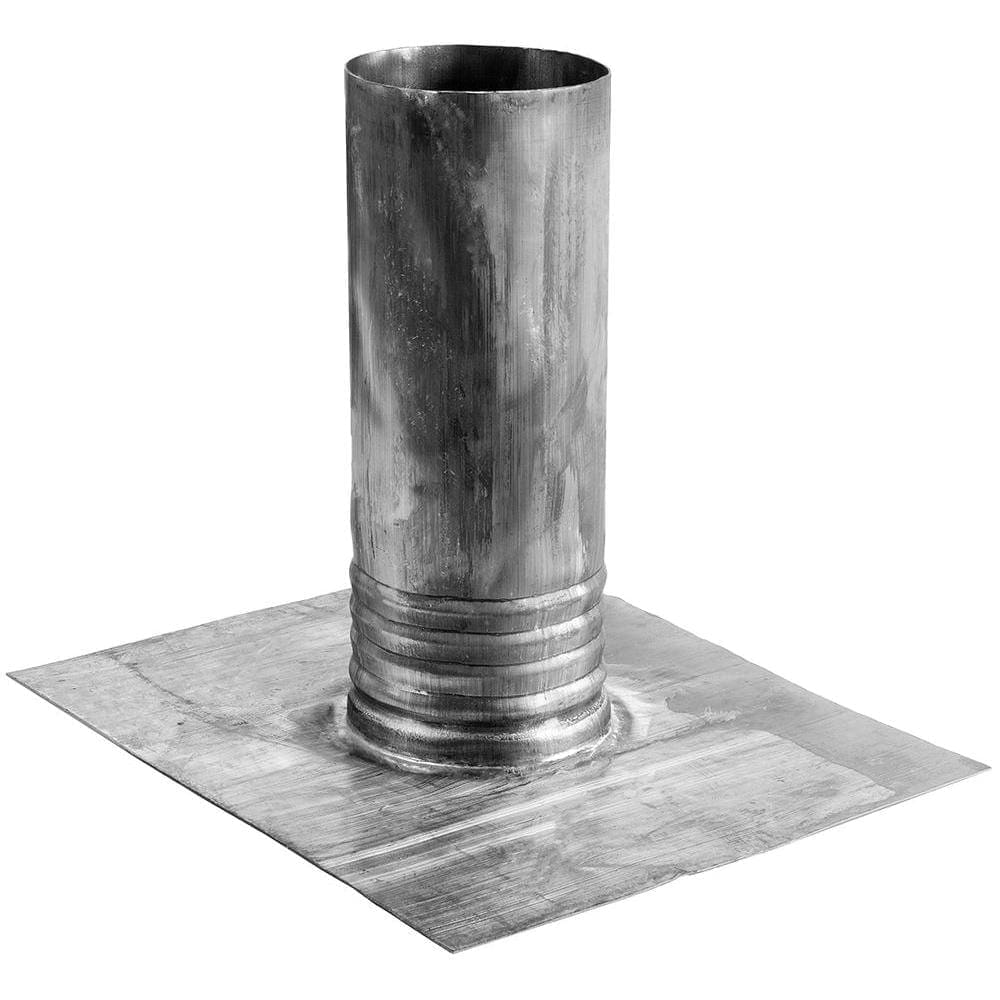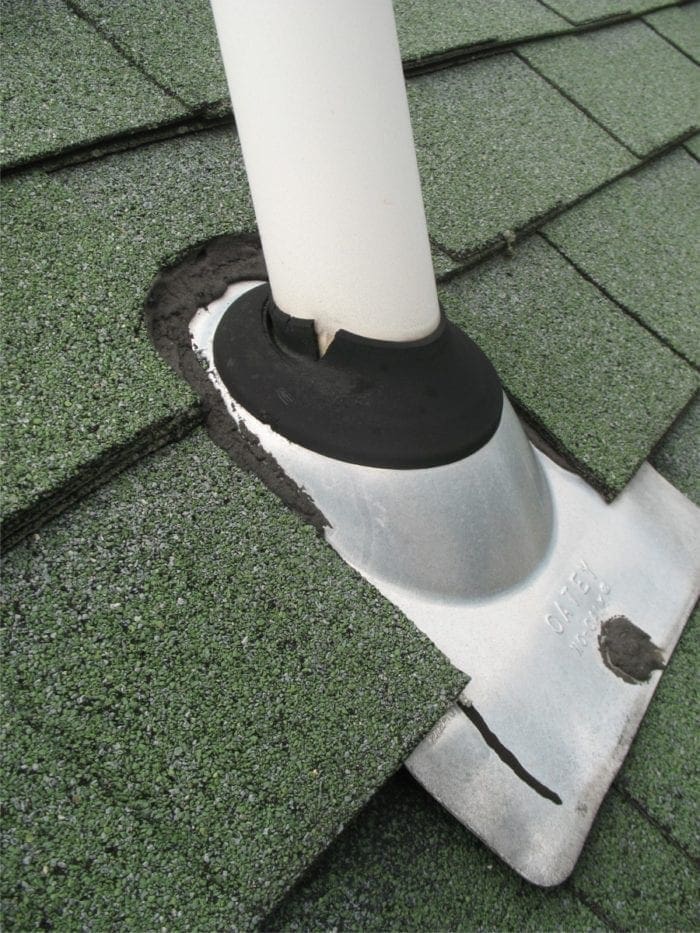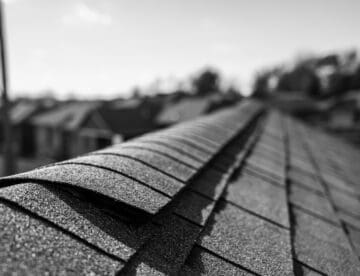
Vent pipes are normally flashed with a lead flange and sleeve (collar or boot). The lead boot would be installed over the vent pipe and the top of the lead boot is turned down inside the stack. You could also cut the lead sleeve flush with the top of the pipe and then install counter flashing with the lead extending 2 inches down the inside of the pipe and 4 inches down the outside of the pipe. Usually roofers just fold the sleeve inside the pipe.

Another popular method for flashing vent pipes is by using a rubber flange. This type of flashing is more commonly used on metal roofs. The vent pipes are usually 1 1/2 to 3 inches in diameter.
When installing shingles where the is a vent pipe you will install the shingles up to the bottom edge of the pipe. If the shingles run into the boot you will need to cut out holes in the shingle so that they slip over the pipe.
To install the flashing over the pipe and the underlying shingles. The bottom part of the lead flashing should be installed on top of the shingle installed below the pipe. The top half the the flange will lie directly on the underlayment and the shingles above the pipe will overlap the top portion of the flange. Embedded the flange in roof cement and then proceed with installing your shingles. ALWAYS INSTALL A FULL-WIDTH SHINGLE OVER THE PIPE. Install a single tab along the course of shingles to rearrange them so that there is not a shingle joint directly above the pipe.
Continue shingling above and around the pipe trimming the shingles when necessary to fit around the pipe. Nail the shingles over the vent pipe to insure no nails go through the flashing. Allow about a hald inch space between the shingle and the sleeve when trimming the shingles. This is to ensure debris doesn’t get stuck between the shingle and the vent pipe. You don’t need to cover the bottom part of the flange with shingles. In fact many roofers recommend leaving the bottom third of the flange uncovered and exposed flange is less likely to trap debris but it doesn’t look as neat.
For additional protection of low-sloped roofs you can embed a strip of mineral rolled roofing in roofing cement under the flange.
When installing larger vents such as heater vents or off-ridge-vent you must nail down the lower edge of the vent. Apply roofing cement along the flange. Install shingle shingle around the vent trimming them when necessary. DO NOT NAIL INTO THE VENT FLANGE.



